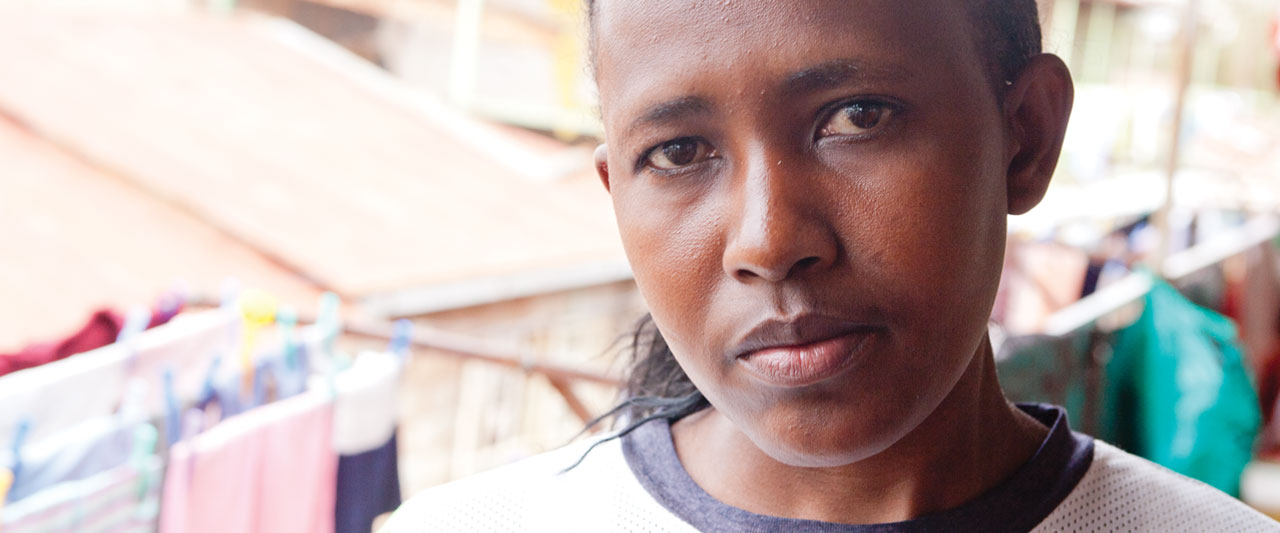In Kenya, unsafe abortion has long been recognized as a leading cause of death and injury to women—deaths and injuries that are preventable. Under the new Kenyan constitution, induced abortion can be provided for certain indications. However, the law has not yet been fully operationalized and many providers have not been trained to provide safe abortion care. This means that many of the induced abortions taking place continue to be unsafe and that
complications are common.
A recently published study, conducted by the African Population and Health Research Center, with other Kenyan partners and technical support from Ipas and the Guttmacher Institute, examines the severity of abortion complications and associated factors.
The researchers used data from a nationally representative sample of 326 health facilities, including all regional and national referral hospitals and a random sample of lower level facilities. More than 2,600 women presenting with abortion complications during a 30 day period were included in the study.
More than 75 percent of abortion clients presented with moderate or severe complications, including high fever, sepsis, shock, or organ failure, which require extensive treatment. Most severe complications were among women who had late gestation abortions, unsafely induced abortions, and were delayed in reaching a health facility for care. The odds of moderate or severe complications for unintended pregnancies were significantly higher, which points to an unmet need for contraception in Kenya. In fact, 70 percent of women seeking postabortion care in 2012 were not using a contraceptive method before becoming pregnant. And young women were disproportionately at risk for complications—45 percent of women 19 or younger who sought care at a facility experienced severe complications.
The researchers note that although most complications for earlier abortions are treated appropriately, there are gaps in treatment and care management. In the Rift Valley and in Eastern provinces, dilatation and curettage—a method not recommended by the World Health Organization—is widely used for uterine evacuation. Slightly more than 15 percent of women in the study did not receive any pain management, which is recommended for all women, and around 35 percent of women with mild complications remained in the treatment facility for more than twelve hours when their care should not typically require that length of stay.
“Ipas was pleased to be part of this collaboration and will use this data to continue our work to expand access to safe abortion in Kenya and save women’s lives,” says Hailemichael Gebreselassie, Ipas senior research advisor.
“Taken together, says Chimaraoke Izugbara, one of the study’s authors from APHRC, “these findings call attention to the urgent need for concerted efforts to combat the impact of unsafe termination of pregnancy on women in Kenya. Unsafe abortion continues to post a serious threat to Kenyan women’s health.”
For more information, contact [email protected]


